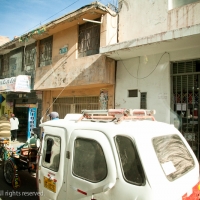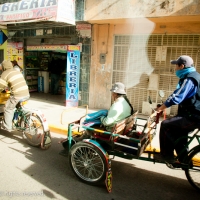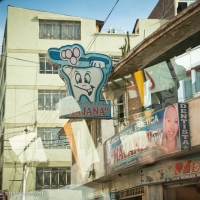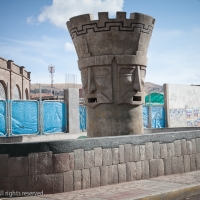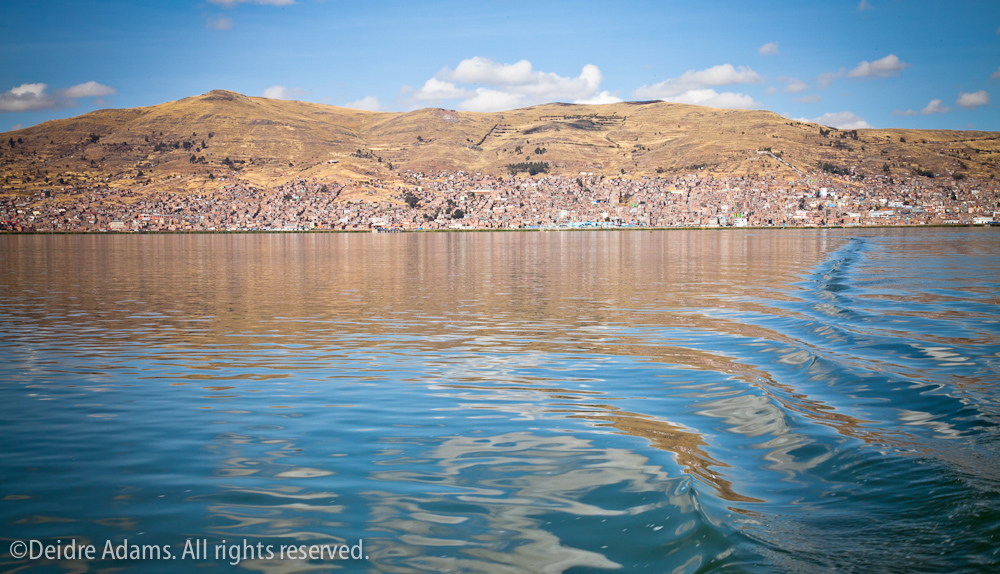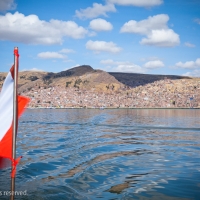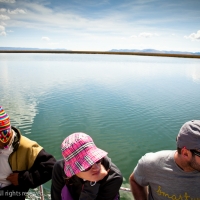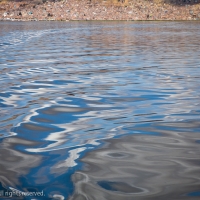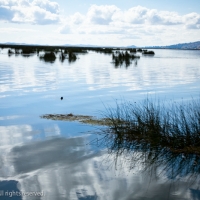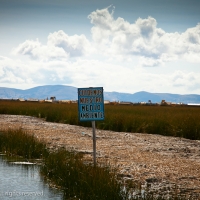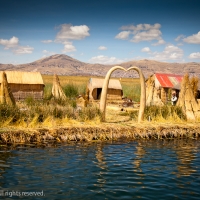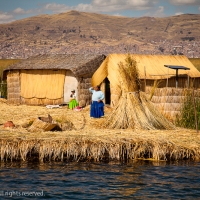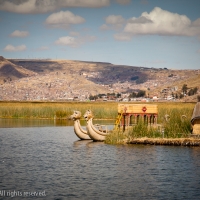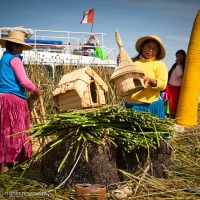Puno is a city of about 100,000 people at the edge of Lake Titicaca, which is the reason most tourists have for visiting it. We arrived there in the late afternoon, so we didn’t get to spend a lot of time exploring, but what we did see of it was lovely.
Our hotel was near the central plaza with its cathedral, and when we went inside, we saw they were in the midst of preparing for something, with lots of flowers next to the pews – we thought maybe a wedding. There was also lots of activity out front, with people setting up speakers and some kind of display. We later learned that it was preparation for the festivities to be held that evening for the Lord of the Miracles festival. This is a very big deal in Lima but is celebrated in other Peruvian cities and towns as well.
[El Señor de los Milagros festival] celebrates a 350-year-old mural of the Lord of Miracles (Christ). Painted by a freed slave, the fresco has survived vindictive authorities, bumbling workmen and three earthquakes. The first procession took place in 1687, when an earthquake obliterated the chapel that housed the portrait, leaving only the altar and the miraculous mural. (Lonely Planet)Walking the narrow, busy streets in Puno can be a challenge, as the sidewalks are often too narrow for two people to pass. Be sure to look for traffic before stepping out into the street!
We woke early the next day for our ride to the marina via bicycle taxi (trishaw?), one of the more fun ways to get around in Puno. The rider-drivers are quite resourceful and can get you to your destination quickly even if they have to find a way around a traffic jam.
Susan and Joann enjoy the ride.
We were headed this day for Taquile Island, a small (3.5 x 1.4 miles) island in Lake Titicaca, which is accessed via a 2.5-hour boat ride. It’s not the most exciting ride you’ll ever take, but sitting on top does give you some magnificent views of the lake and surrounding shoreline.
Puno recedes in the distance as the boat heads away:
Lake Titicaca (a name that gave rise to endless hysterics when we were kids) straddles the border between Peru and Bolivia. A local joke has it that “The Titi is for Peru, the caca is for Bolivia.” The Bolivians, of course, reverse it. The lake is 120 miles long X 50 miles wide, and at an elevation of 12,500 feet (3,800 meters), it is the highest lake of this size in the world.
On the way to Taquile, the boat stopped for a visit to the Islas Uros, a group of more than 40 manmade floating islands first developed centuries ago by the Uros people to escape hostile cultures on the mainland. Their way of life is still very traditional, involving heavy use of the reeds for food, fuel, and building materials. They make a living from fishing and tourism, and our visit included an educational session to learn how the islands are made from the reeds as well as other details of day-to-day life on the islands. Plus, of course, an opportunity to purchase the locally made artwork and handicrafts.


